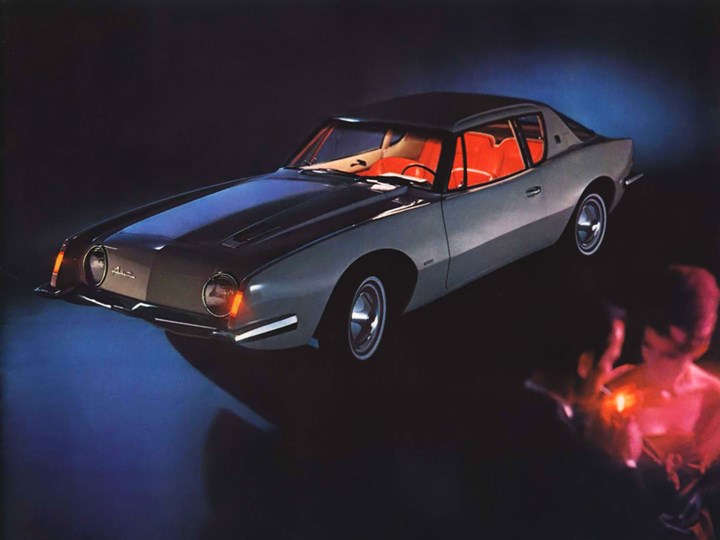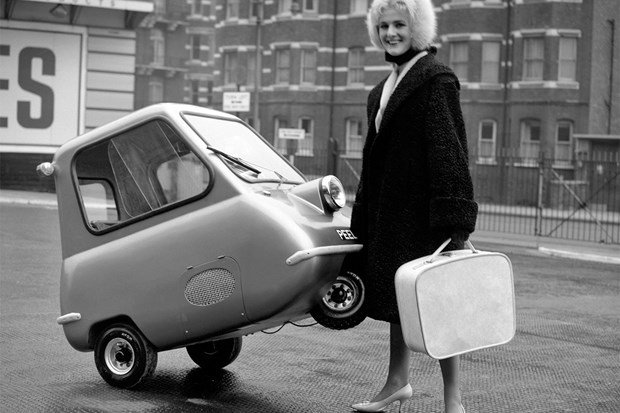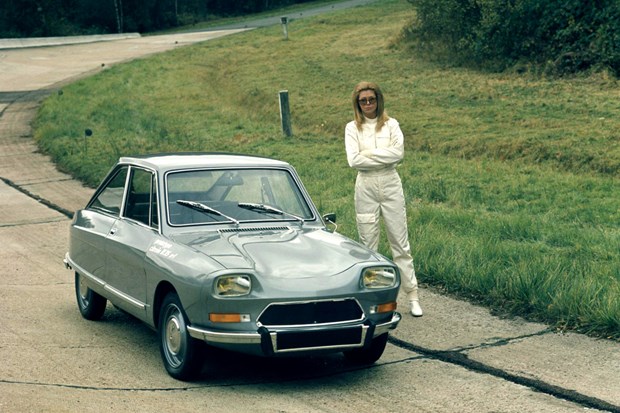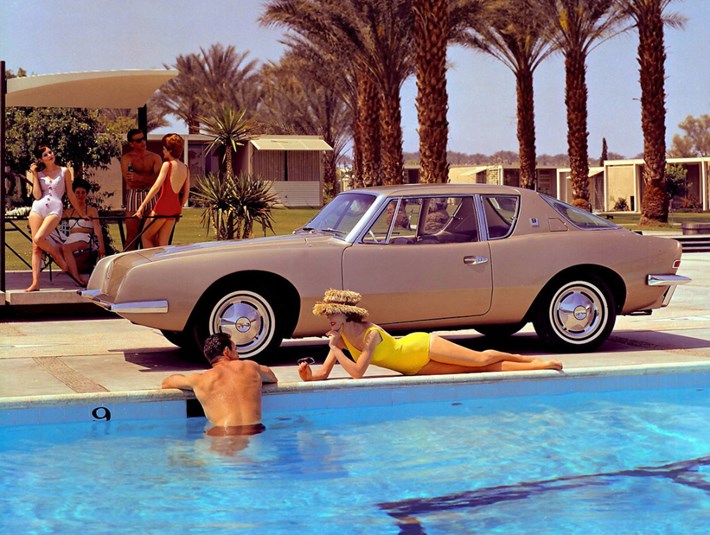
Designed by the brilliant industrial designer Raymond Loewy, the Studebaker Loewy had several lives during its long career.
Born in France in 1893, Raymond Loewy soon left his homeland for the United States, where his talents as a draughtsman were recognised. He became an industrial designer, creating many everyday objects and countless logos. By the 1930s, Loewy had become a fixture on the American industrial scene.
It was there when he was hired by Studebaker to design the brand's cars. He was responsible for the Champion in 1947 and the Commander in 1953. His distinctive and easily recognisable style gave the American manufacturer's models a very special identity. Although Studebaker's masterminds had a lot of ideas, finances were not in the best of health.
But in 1960, the company needed to come up with a new car with attractive lines. Sherwood Egbert scribbled the first sketch in a plane just as he had been elected its chairman. Raymond Loewy and his colleagues set to work.
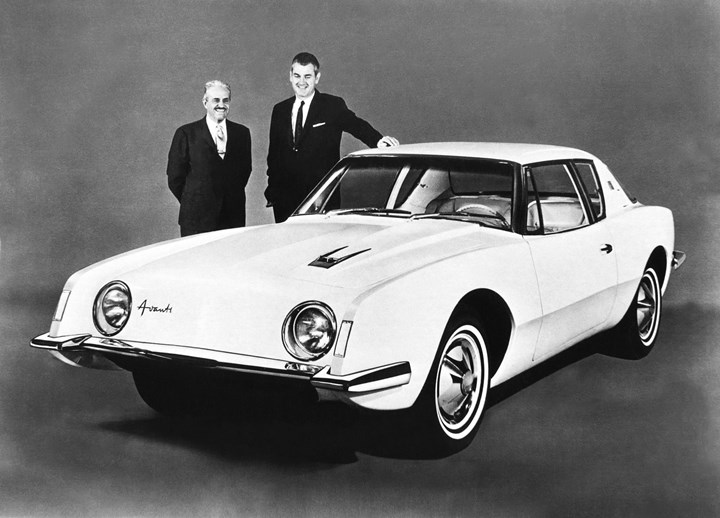
Subtle "DIY" Development
In just 40 days, the new car was born: the Avanti is based on a modified Lark Daytona cabriolet chassis and used the Hawk's V8 engine in an advanced version. The only new element is the bodywork: made from fibreglass, it had the profile of a 4-seater semi-fastback coupé without a front grille. Production of the body is subcontracted to Molded Fiberglass Body, supplier of body components for the Chevrolet Corvette. It's not just the Avanti's looks that were modern, its technology was too.
It had front disc brakes and an optional Paxton supercharger. With 240 bhp in its base 4.7-litre V8 version, the Avanti had nothing to envy the competition in terms of power. As for the rest, it was unique in its genre, with its sleek lines and elegant 'foamed' dashboard. Launched in 1962, it made a strong impression, but long delivery times combined with mediocre finish quality meant that it sold poorly.
Despite the adoption of square lights and a few styling changes, nothing helped. In 1963, Studebaker reorganised its production and decided to stop making the Avanti. By this stage, only 4,647 cars had rolled off the production line.
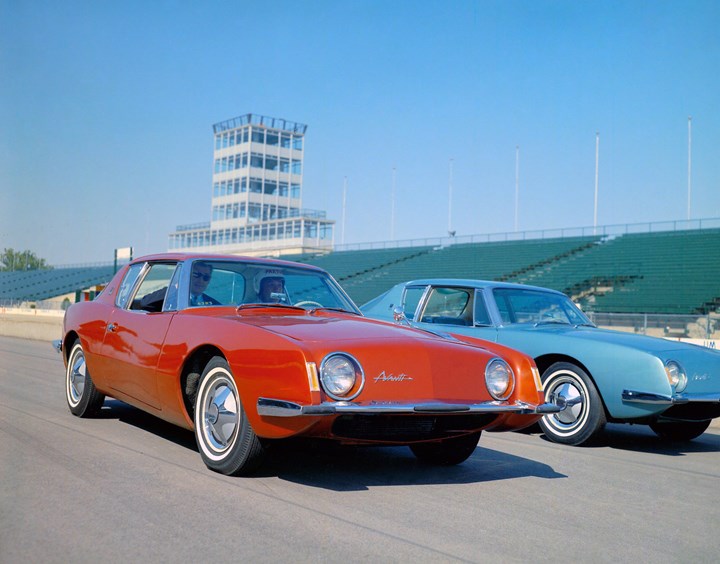
Endless Sequels
A former salesman, Nathan Altman, bought the Avanti name and production rights. The Avanti II took up the torch in 1965, with Chevrolet powertrains under the bonnet. Produced in small numbers, the car attracted a clientele of enthusiasts who did not hesitate to pay a tidy sum for it. In 1982, a property developer by the name of Stephen Blake bought the rights to the Avanti II and gave it a few minor modifications.
At the same time, a convertible was also launched. Four years later, there was another change of ownership following Blake's bankruptcy. Michael Kelly became the new boss and the cars were now based on GM platforms. In 1988, John Cafaro bought back the rights and produced only a 4-door saloon called the Avanti II Luxury Touring Sedan, which had little to do with the original concept.
Production ceased in 1991. Just when you thought the end of this American car was in sight, a new production run was relaunched in 2001 by Michael Kelly (who was making a comeback), on a GM chassis, then on that of the Mustang. Kelly's arrest by the FBI for fraud in 2006 sounded the final death knell for the Avanti at the end of a 44-year career!
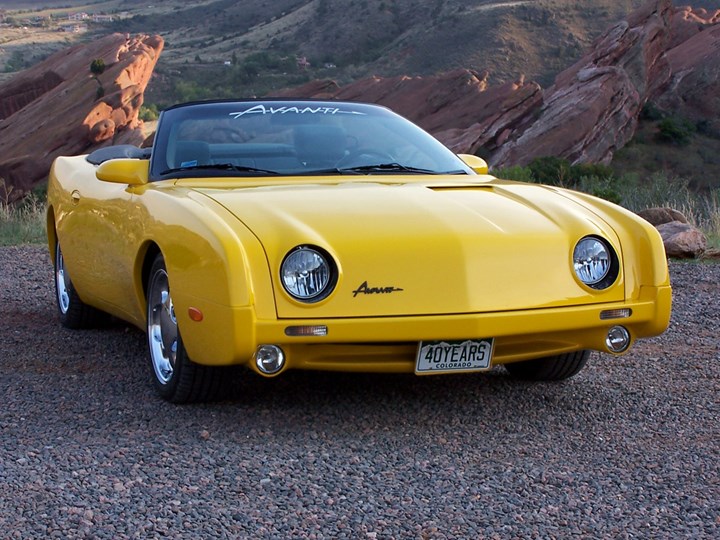
Affordable Rarity
To buy an Avanti, whether built by Studebaker or not, you have to turn to the North American market, where almost all the cars were sold. Given the relative rarity of specific parts, it's best to go for complete examples in good condition. Maintenance of the mechanical parts is not a problem, as these are mass-produced cars.
Given that the Avanti is not commonplace, it is still affordable. On the web, they can be found for as little as €20,000, but it is the first examples to come off the Studebaker production line that seem to be the most valuable and sought-after.
